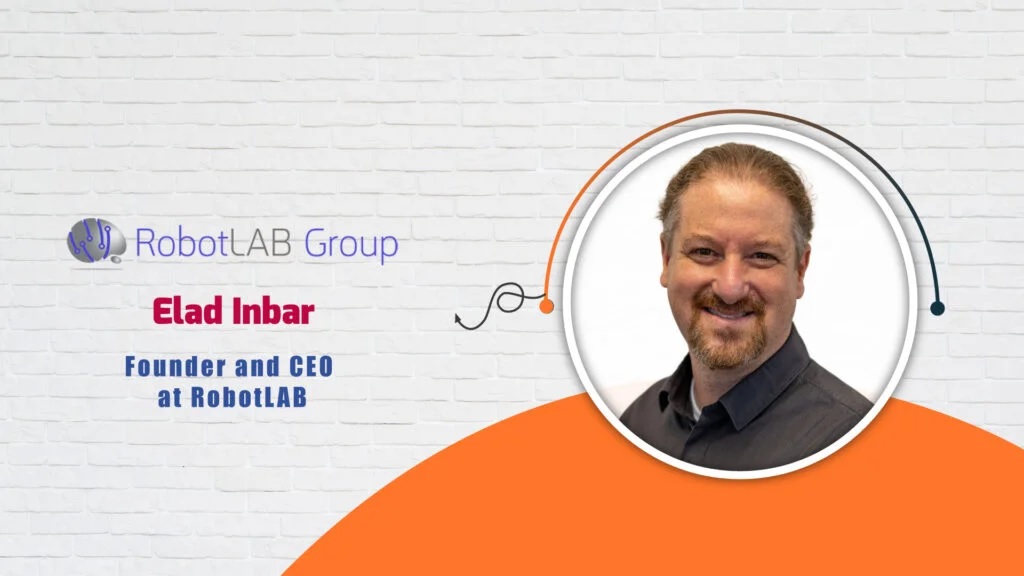The holiday season brings a significant surge in demand for customer service, driven by the rise of online shopping. Businesses increasingly turn to artificial intelligence (AI) and automation to bridge the gap in support during these high-pressure periods. With AI-powered tools like chatbots and automated systems, companies can handle demand spikes effectively without compromising performance. Let’s explore key strategies for scaling AI in customer service to ensure smooth operations during the holiday rush.
Why AI Customer Service Is Essential During the Holidays
The holiday shopping season, particularly Cyber Week, generates massive web traffic. Salesforce projects global sales to reach $311 billion this year, with AI influencing 19% of those transactions. Retailers leveraging AI-powered agents have reported improved conversion rates, enhanced customer engagement, and a 7% increase in average order value, showcasing AI’s ability to boost revenue and customer satisfaction during high-demand periods.
Scaling AI for customer service is more than deploying chatbots; it’s about real-time adaptability to meet customers' needs for fast, personalized assistance.
Optimize AI Chatbots for Holiday Traffic
AI chatbots are crucial for handling the increased volume of customer inquiries during the holidays. They manage everything from order tracking to product recommendations, alleviating pressure on human agents.
Practical Steps:
Integrate Across Platforms: Ensure chatbots are available on websites, social media, and mobile apps for a seamless customer experience.
Personalize Recommendations: Use AI to provide tailored product suggestions based on customer preferences, increasing satisfaction and conversion rates.
Automate Email Responses: Send personalized emails for order confirmations, shipping updates, and holiday offers to keep customers informed.
With finely tuned chatbots, businesses can deliver rapid, relevant responses, reducing wait times and enriching the shopping experience.
Manage Demand with Real-Time Forecasting and Scaling
AI-driven demand management tools help predict and prepare for traffic spikes, ensuring teams are equipped to handle surges effectively.
Practical Steps:
Leverage Demand Forecasting: Use AI analytics to predict traffic peaks and allocate resources accordingly.
Monitor Real-Time Behavior: Adjust chatbot scripts or human responses based on real-time customer queries.
Scale Backend Support: Utilize AI for inventory and shipping planning to avoid bottlenecks and ensure timely responses.
By smoothing operations and reducing delays, AI ensures a seamless experience for customers.
To Know More, Read Full Article @ https://ai-techpark.com/ai-customer-service-holiday-traffic/
Related Articles -










